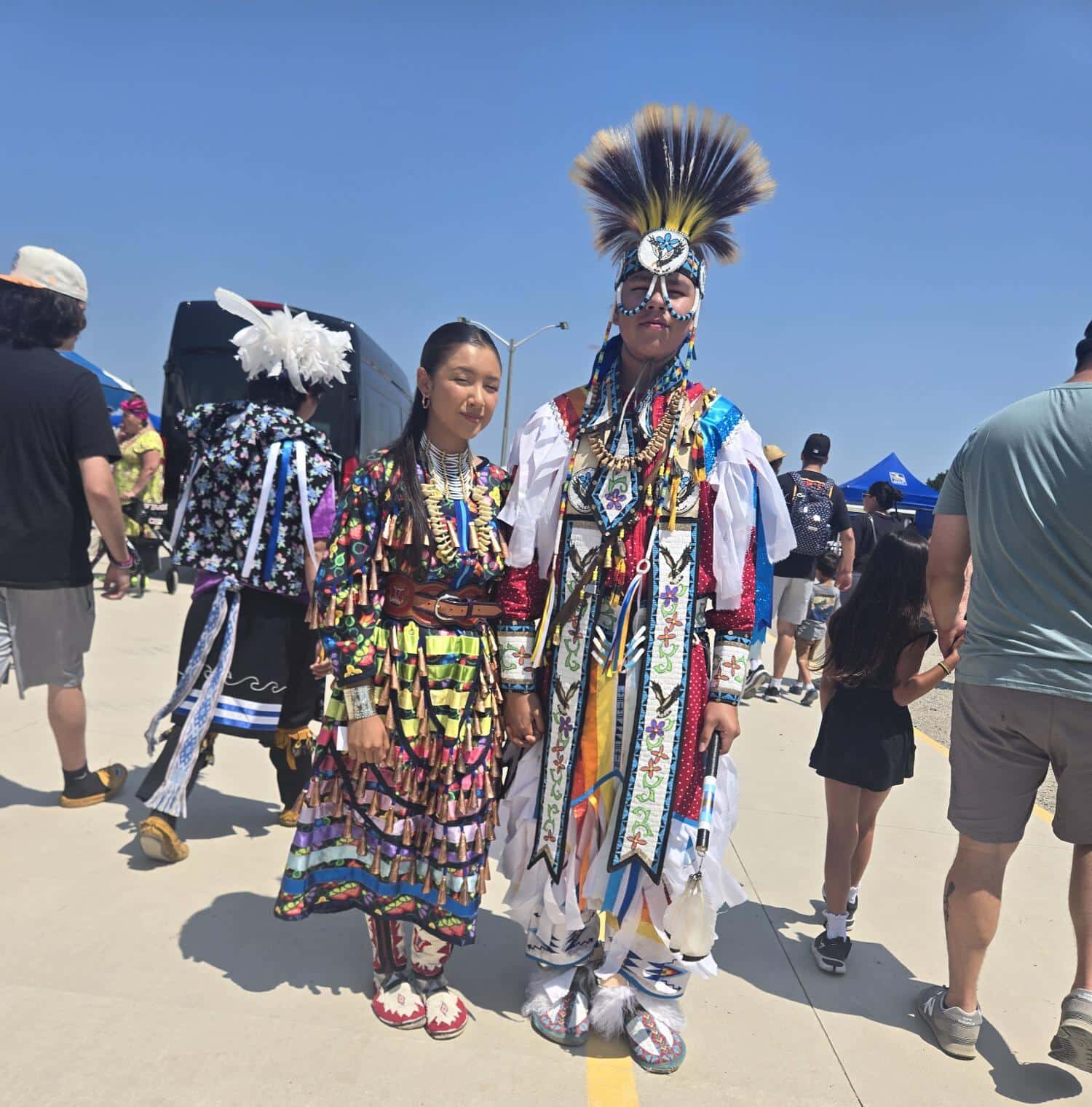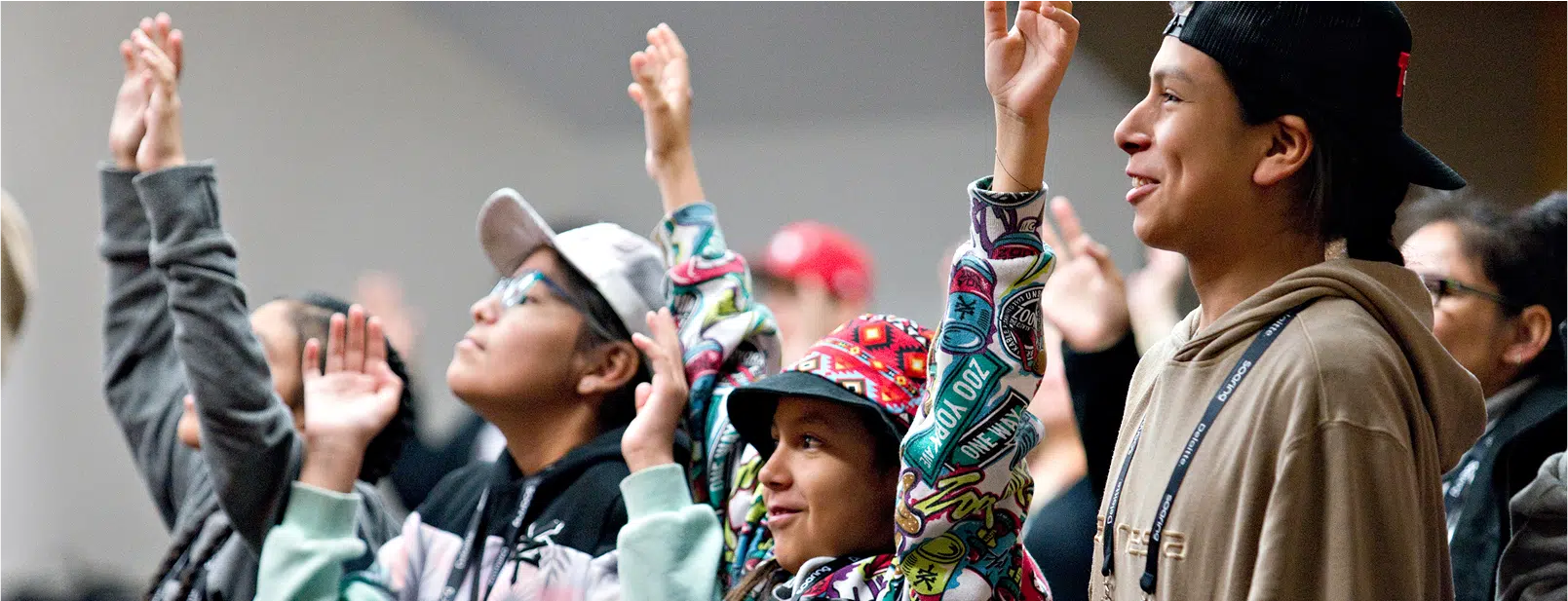Each summer across Turtle Island, the sound of drums and the sway of regalia signal something sacred — it’s Powwow season. Powwows are more than events; they are vibrant expressions of Indigenous identity, ceremony, resistance, and community pride.
Brief History of Powwow
Though the exact origins of powwows are uncertain, their roots trace back to the traditions of Indigenous nations across the Great Plains and Great Lakes regions. Ceremonial dances like the wacipi of the Lakota and the niimiwin of the Anishinaabe helped shape the Powwow as we know it today. Throughout the 19th and early 20th centuries, both the Canadian and American governments attempted to suppress Indigenous cultures, banning ceremonies, traditional clothing, and spiritual practices. In Canada, the Indian Act prohibited powwows until 1951. Yet, remarkably, the Standing Buffalo Dakota Nation and Thunderchild First Nation both kept them alive, in secret, for decades.
Following WWII and into the civil rights movements of the 1960s, powwows experienced a resurgence. They became symbols of cultural reclamation and pan-Indigenous unity. What began as a way to preserve community ties under oppression, has evolved into widespread celebrations of Indigenous music, dance, language, food, and art. Today, powwows are held across urban and rural communities, welcoming dancers, singers, artisans, and visitors of all backgrounds.
What to Expect at Your First Powwow
Every Powwow opens with a Grand Entry: a procession of veterans, elders, and dancers entering the arena to the sound of the host drum. Dancers wear deeply personal regalia that carries spiritual meaning, and the categories — like Fancy Shawl, Grass Dance, or Jingle Dress — reflect specific traditions and regions.
It’s important to note that not all Powwows are the same. Traditional Powwows are often community-led gatherings focused on ceremony, healing, and connection. These can be open to the general public and not exclusive to specific members of a community. This type of Powwow usually does not include formal competitions. In contrast, competitive Powwows feature structured dance categories, judges, and prize money. Dancers — including men, women, and children — are scored on their regalia, precision, and footwork. Many dancers and drum groups travel from Powwow to Powwow throughout the summer, earning a living by sharing their artistry and skill.
Powwows also provide space for Indigenous vendors to share their art, beadwork, clothing, and traditional foods like bannock, wild rice, and game meat. Alcohol and drugs are strictly prohibited, reinforcing the Powwow’s role as a safe, respectful, and health-centered space for people of all ages.
Powwow season typically runs from late spring through summer, following a “trail” of gatherings that allow participants to travel from one community to the next, weekend by weekend. It’s a time to reunite with family and friends, honour ancestors, and pass knowledge to the next generation. Whether you are Indigenous or a respectful guest, attending a Powwow is a powerful way to witness Indigenous cultures not only surviving but thriving.
You can learn more about What to Expect at Your First Powwow, Regalia or Drumming, you can check out Deanne Hupfield’s series on Powwow dancing in our Resource page.
As the drums echo this Powwow season, may we all move in step with the teachings, resilience, and joy they represent.


